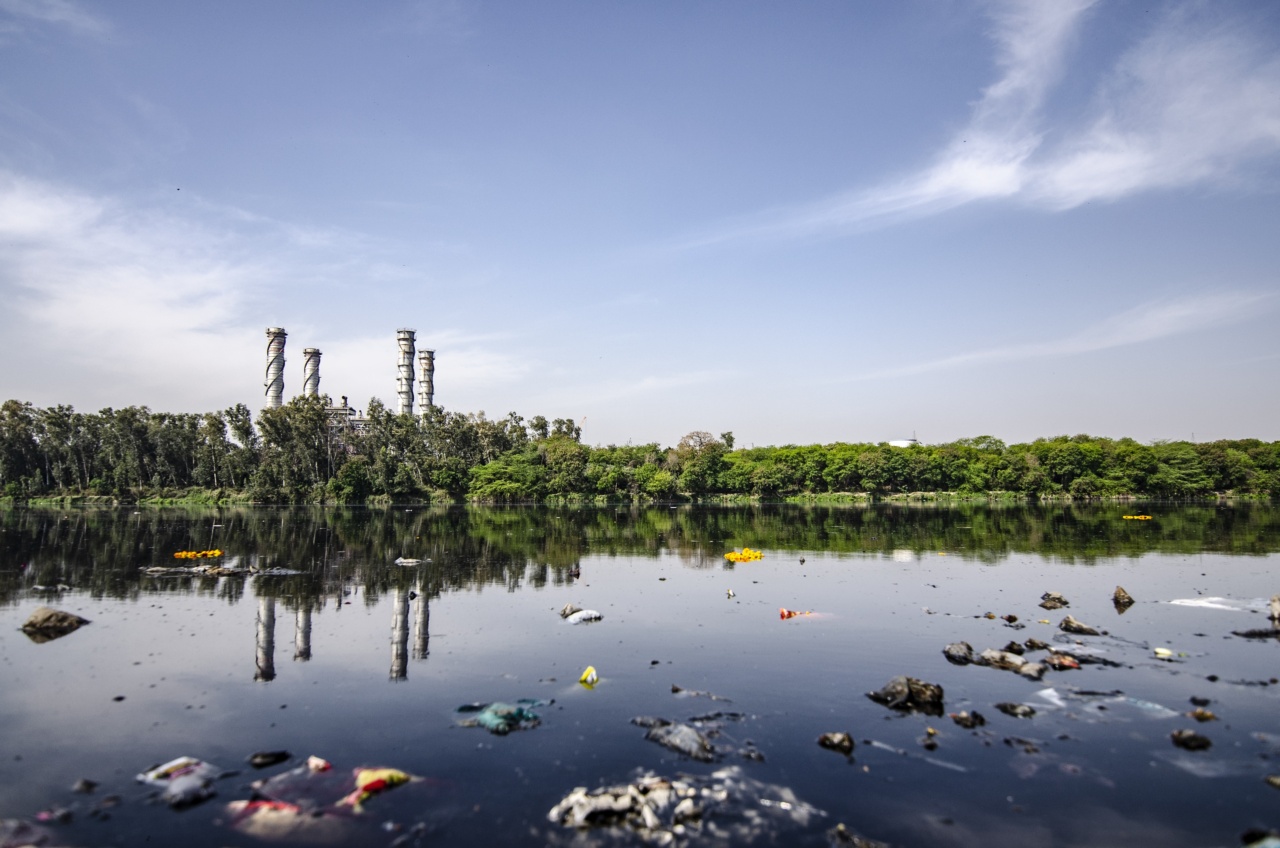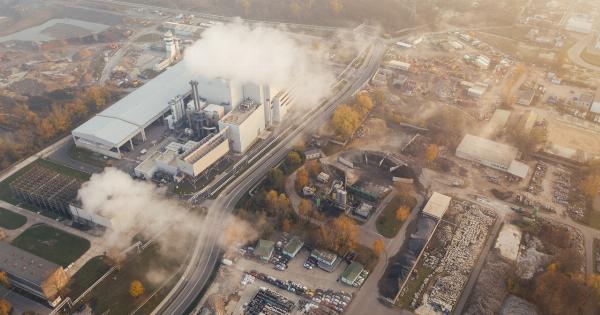It’s no secret that pollution is harmful to the environment and to human health.
But did you know that the effects of pollution can begin before a person is even born? Research has shown that exposure to pollutants can start in the womb, potentially causing long-term health problems. In this article, we’ll explore the ways in which pollution affects the developing fetus and what can be done to reduce these risks.
What is Pollution?
Pollution comes in many forms, including air pollution, water pollution, and soil pollution. Air pollution can be caused by industries, transportation, and other sources of emissions.
Water pollution can come from factories, farms, and other sources that release toxic substances into waterways. Soil pollution can be caused by improper disposal of hazardous waste, pesticides, and other chemicals.
How Does Pollution Affect the Fetus?
When a pregnant woman is exposed to pollution, the pollutants can cross the placenta and reach the developing fetus. This can lead to a range of health problems, including:.
- Preterm birth
- Low birth weight
- Developmental delays
- Respiratory problems
- Cognitive impairments
Exposure to pollution in the womb has also been linked to an increased risk of chronic diseases later in life, such as asthma, diabetes, and heart disease.
Types of Pollutants
There are many different types of pollutants that can affect the developing fetus. Some of the most common include:.
Particulate Matter
Particulate matter is a type of air pollution that consists of tiny particles in the air. These particles can be inhaled and can cause respiratory problems for both the mother and the developing fetus.
Studies have also shown a link between exposure to particulate matter and preterm birth and low birth weight.
Heavy Metals
Heavy metals, such as lead and mercury, can also be harmful to the developing fetus. Exposure to lead during pregnancy has been linked to developmental delays, cognitive impairments, and low birth weight.
Mercury exposure has been associated with an increased risk of developmental delays and neurological problems.
Pesticides
Pesticides are often used in agriculture to protect crops from pests and diseases. However, exposure to pesticides during pregnancy has been linked to an increased risk of birth defects, developmental delays, and cognitive impairments.
Polycyclic Aromatic Hydrocarbons
Polycyclic aromatic hydrocarbons (PAHs) are found in many types of pollution, including car exhaust, industrial emissions, and cigarette smoke.
Exposure to PAHs during pregnancy has been linked to an increased risk of developmental delays, cognitive impairments, and low birth weight.
Reducing Exposure to Pollution
While it may not be possible to completely avoid all pollution, there are steps that pregnant women can take to reduce their exposure:.
- Avoid being outdoors during times of high air pollution
- Choose foods that are low in pesticide residue
- Avoid exposing the skin to harsh cleaning chemicals
- Use natural cleaning products
- Avoid smoking or being around secondhand smoke
It’s also important for communities and policymakers to take action to reduce pollution levels. This can include implementing environmental regulations, promoting clean energy, and investing in public transportation.
Conclusion
Exposure to pollution starts in the womb and can have long-lasting effects on the health of the developing fetus.
Pregnant women can take steps to reduce their exposure, but it’s also important for communities and policymakers to take action to reduce pollution levels. By working together, we can protect the health of both current and future generations.




























